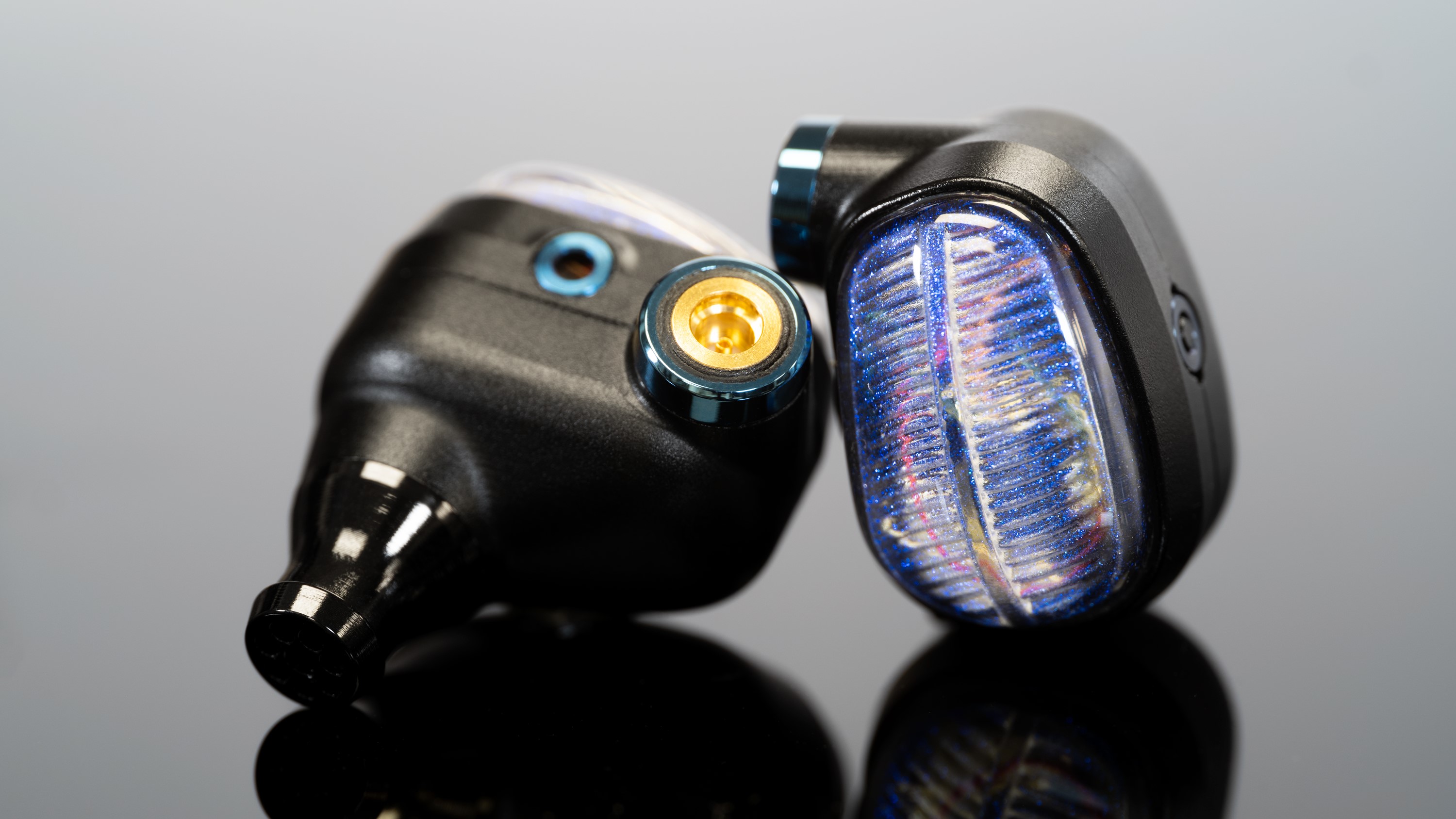Best multi-room wireless systems 2025: all tested by expert reviewers
All the world's music, at the touch of a button, all around your home
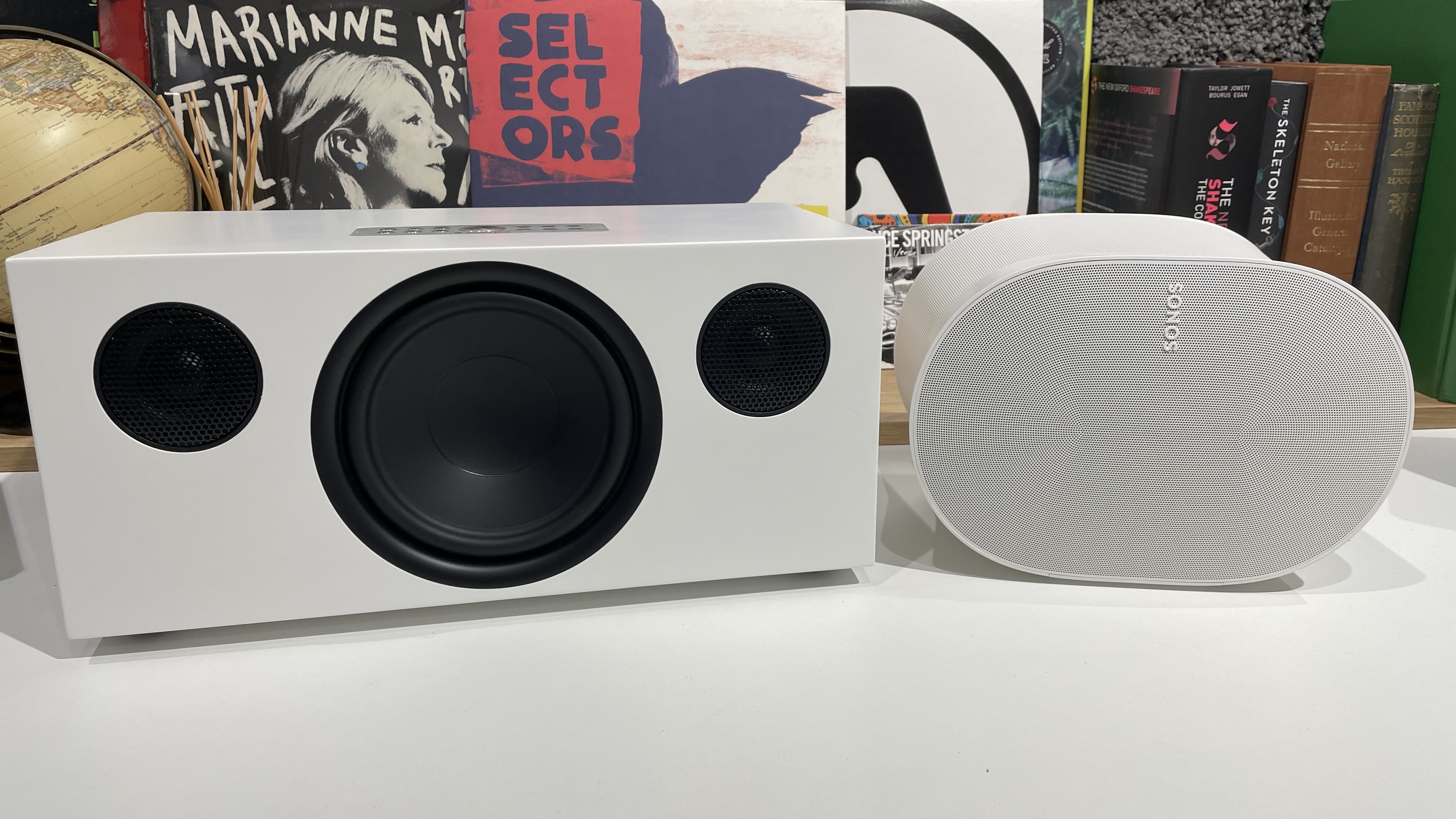
We love a listening room, but multi-room audio systems can fill your entire home with music. That means you can set distinct zones to create different moods in different parts of the home, or just have the same playlist follow you around.
The best multi-room systems have great sound quality, are simple to use, and if you buy components one at a time, you can spread the total cost over months or even years.
They play nice with all sorts of source media – streaming services, local drives and even vinyl – and can incorporate all manner of speakers, including portable wireless, soundbars and even 'proper' hi-fi speakers.
But which multi-room system is right for you?
Sonos is the easy option, for its broad range of speakers, ease of use and sheer quality. But with the brand having a bit of a wobble of late, you may want to look at one of the other options on our list.
Each of the systems below has earned a glowing review from us. We've been reviewing audio gear of all stripes for nearly 50 years, so we know a thing or two about sound quality. We test each against its closest price rivals to see how it stacks up, with review verdicts agreed on as a team rather than one individual reviewer.
For more on our reviews process, see the how we test multi-room systems section lower down this page.

At the start of the 21st century, I was working at T3 magazine when the original Sonos system arrived for testing. I still remember the giddy thrill of playing music all over the office as we passed around the Sonos Controller (complete with iPod-style click wheel). Multi-room audio has come a long way since then – now you're spoilt for choice when shopping for a system, and there's nary a click wheel in sight.
The quick list
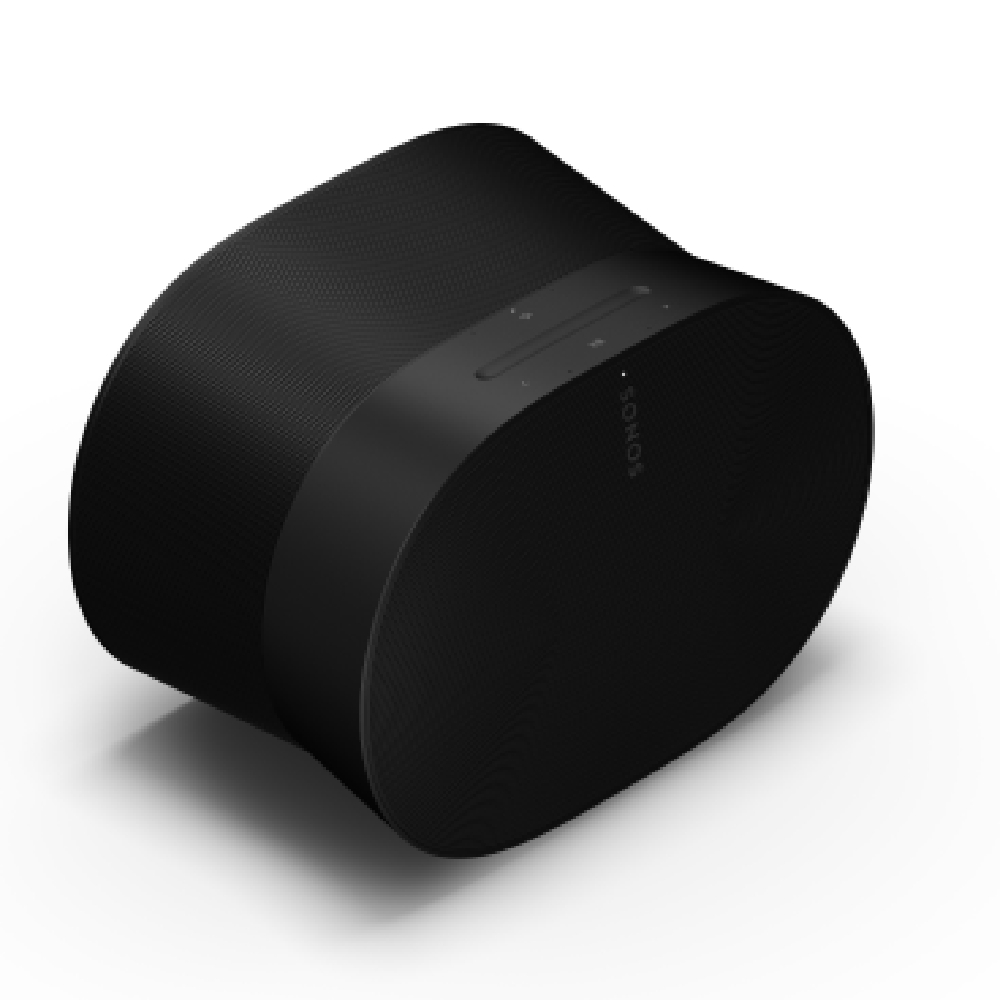
A combination of great choice, very good sound quality and effortless user-friendliness makes Sonos the best choice for most people.
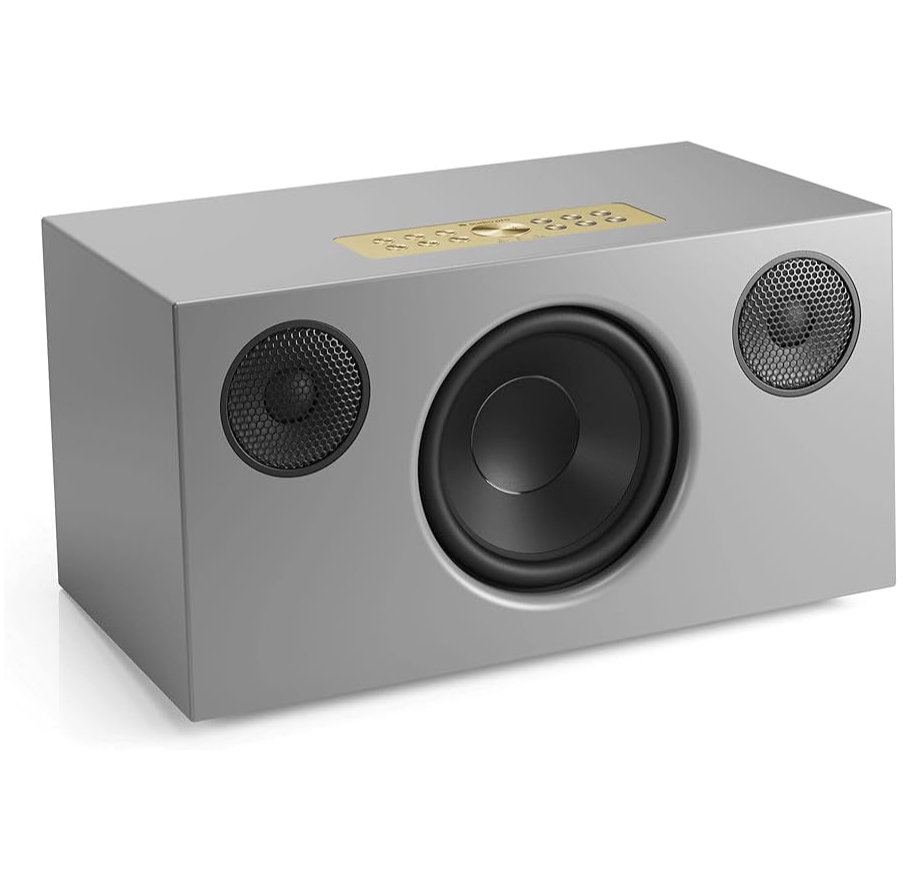
If it's bang-for-buck you're looking for, you can't get better than Audio Pro. Its speaker sound fantastic and are some of the most reasonably priced around.
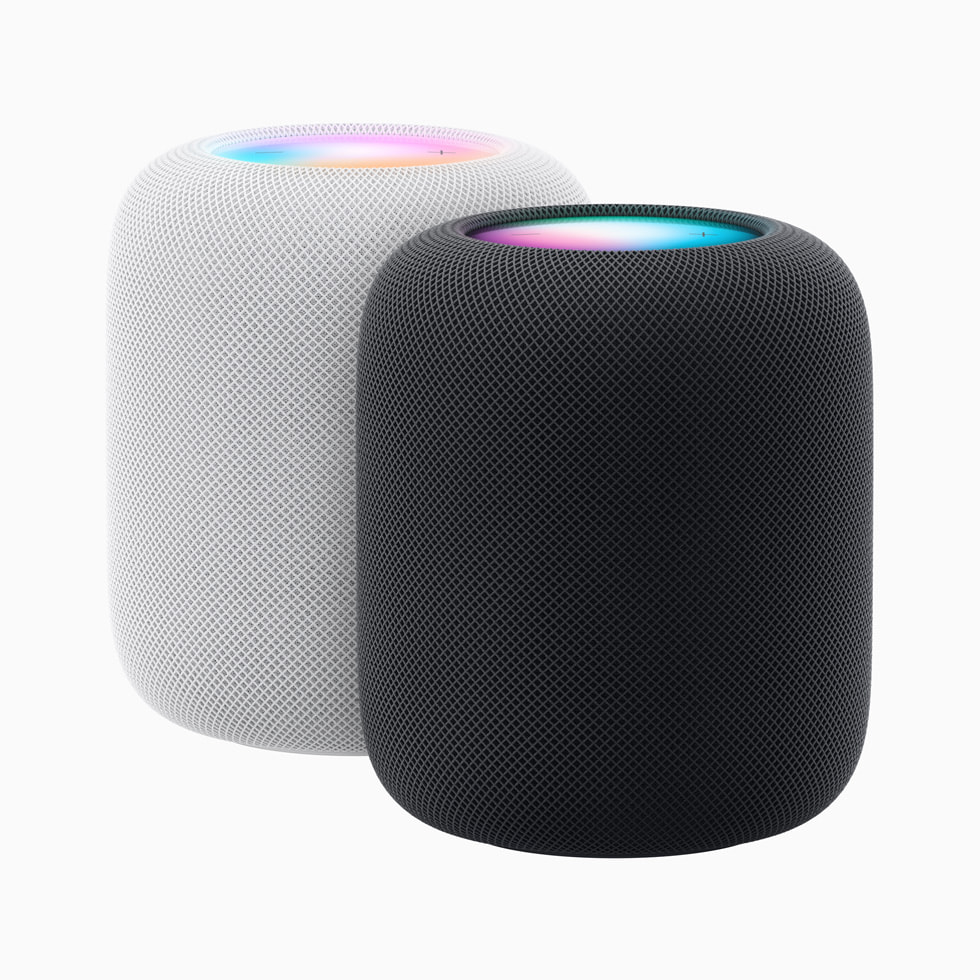
Impeccable build quality, fantastic user-friendliness and a full, rich sound makes the HomePod 2 / HomePod Mini a no-brainer for multi-room fans of an iOS bent.
The best multi-room systems we recommend in 2025
Why you can trust What Hi-Fi?
Best overall
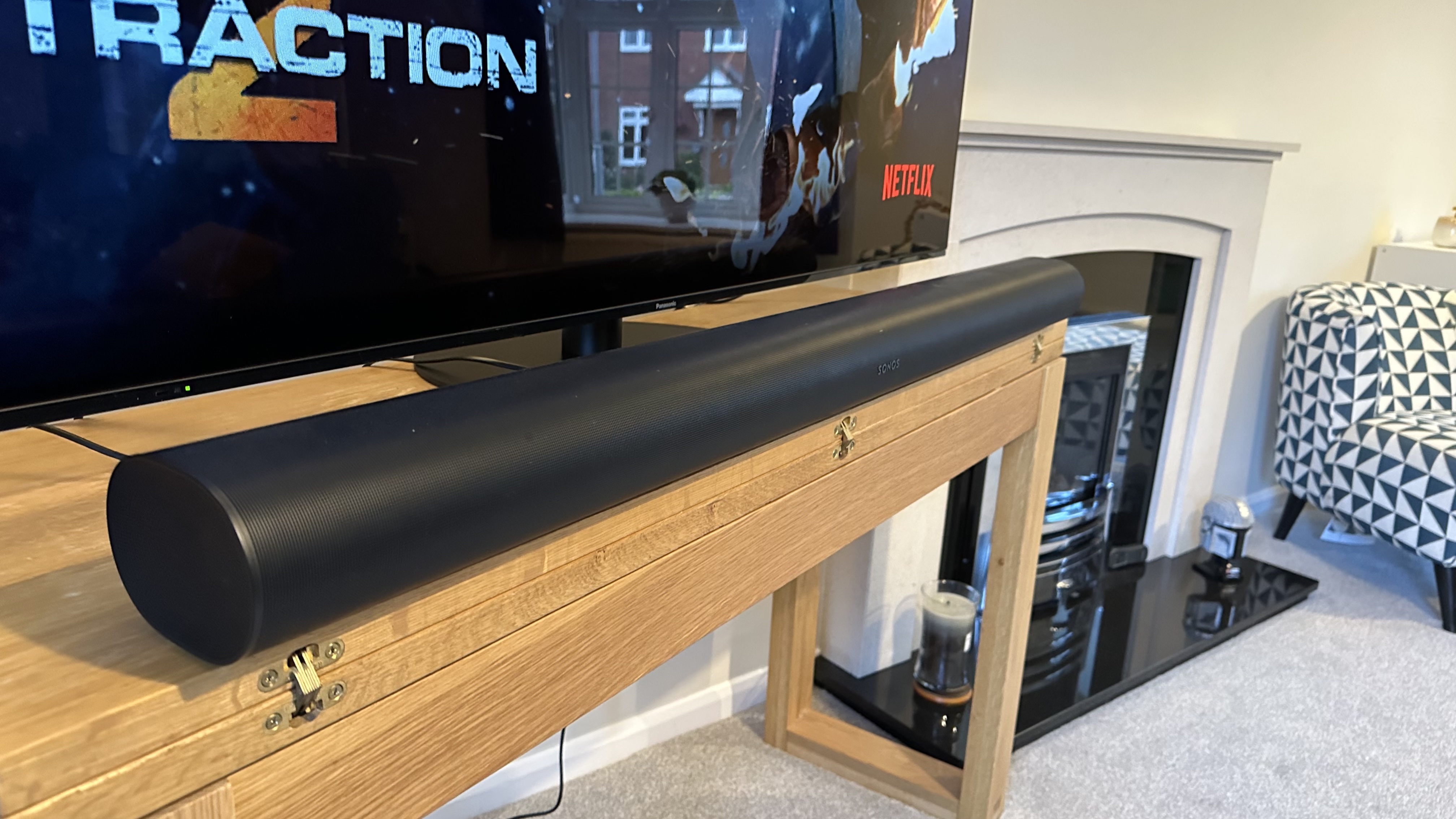
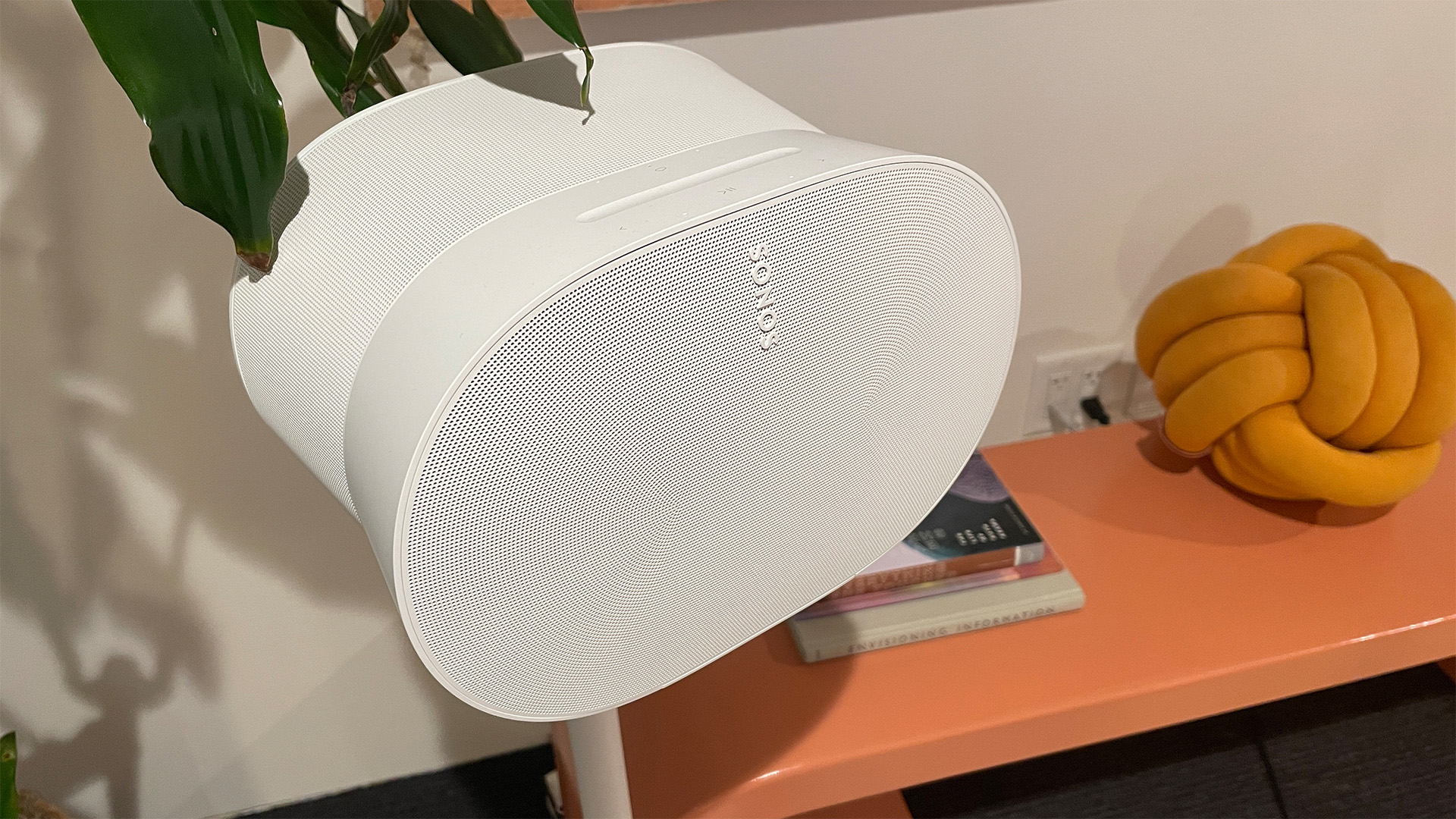
Sonos Era 300
(Image credit: What Hi-Fi?)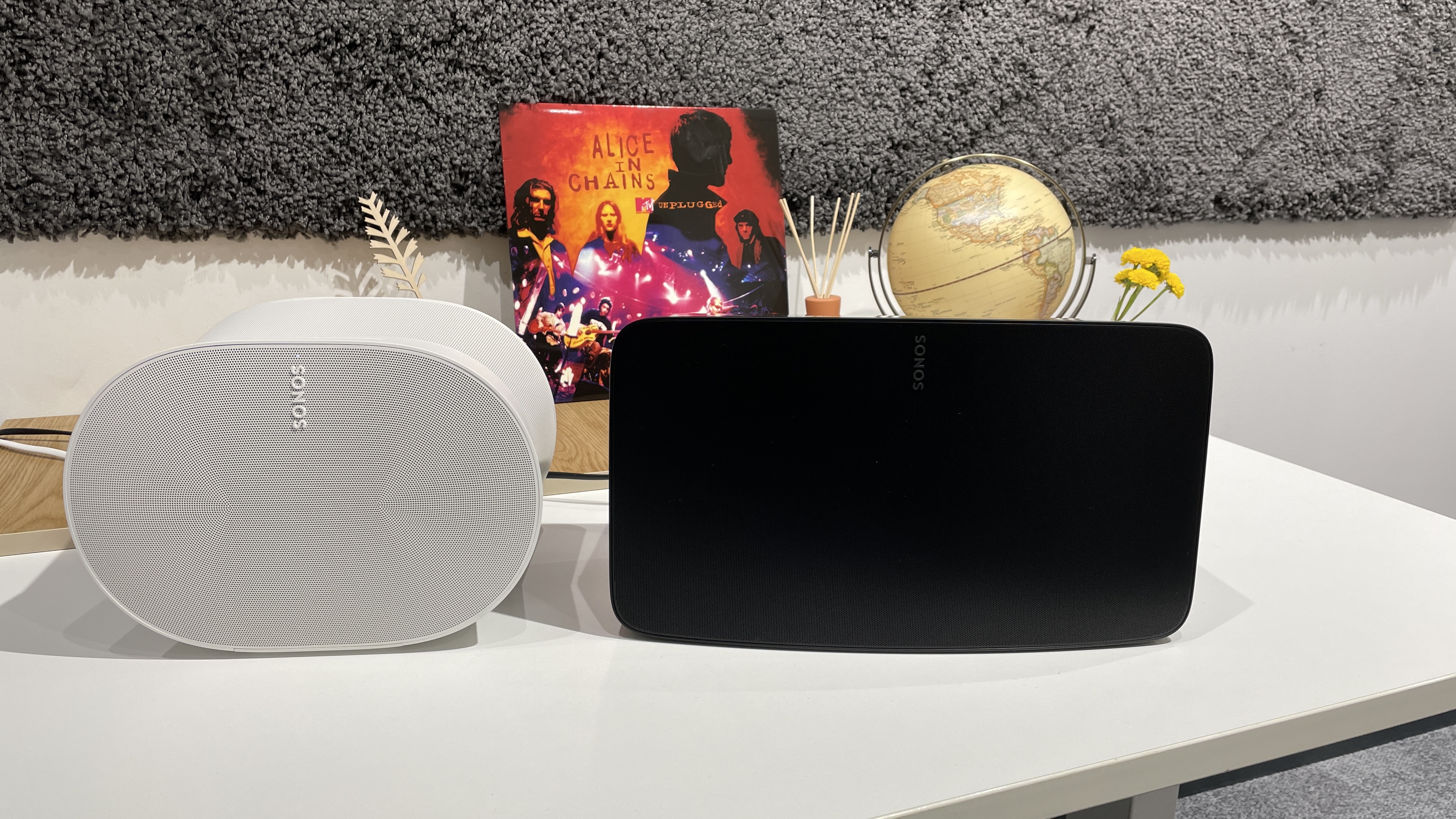
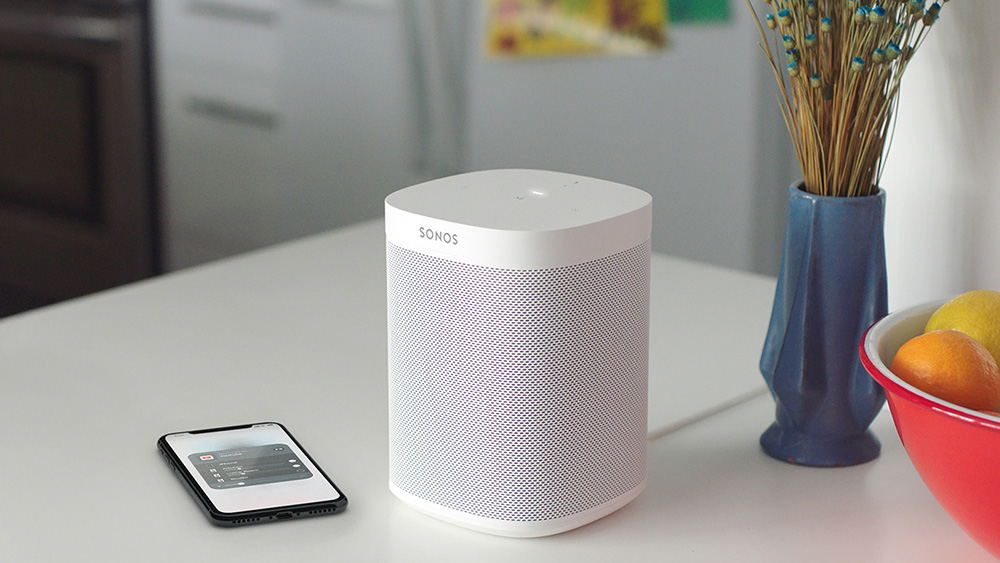
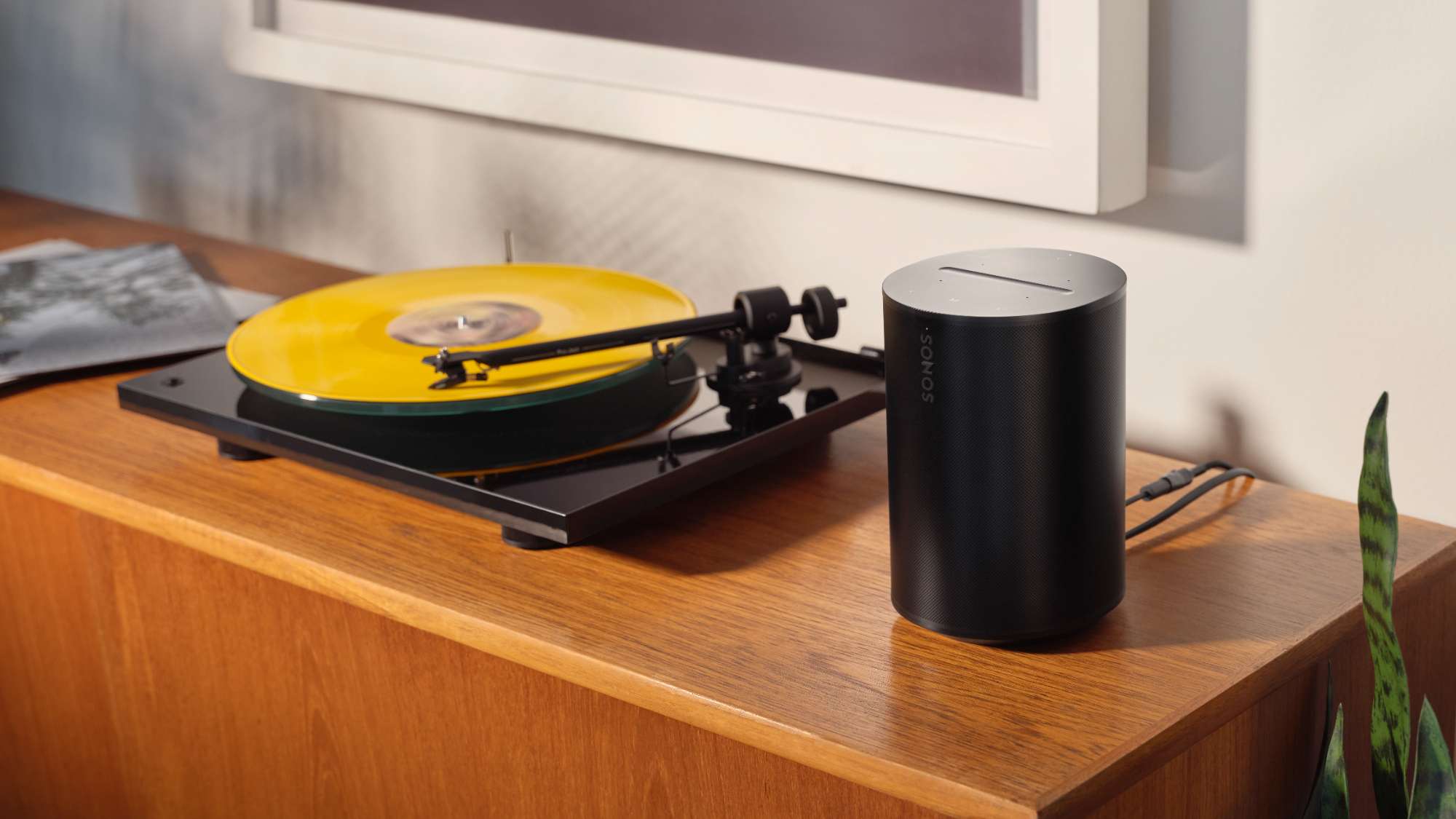
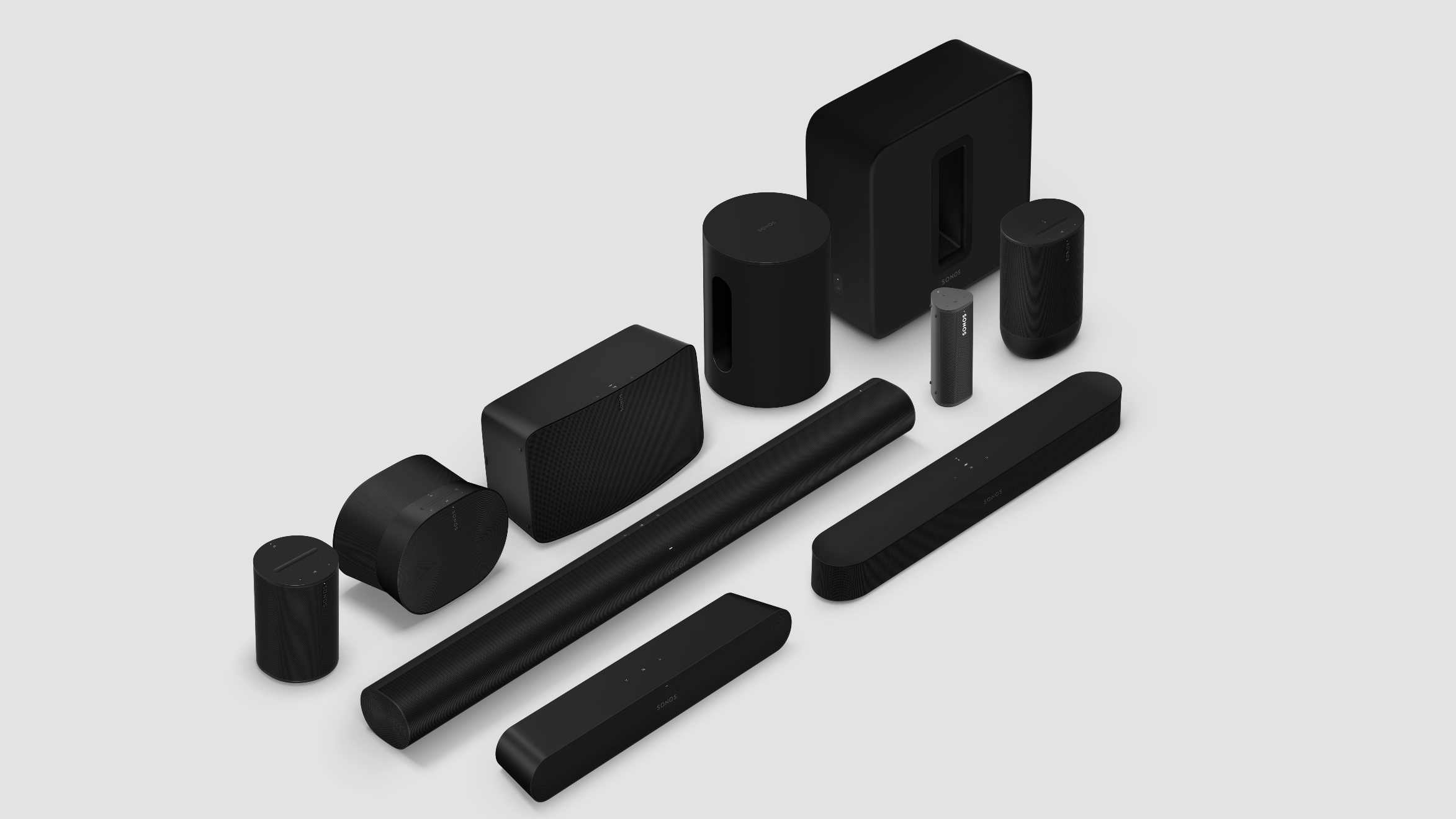
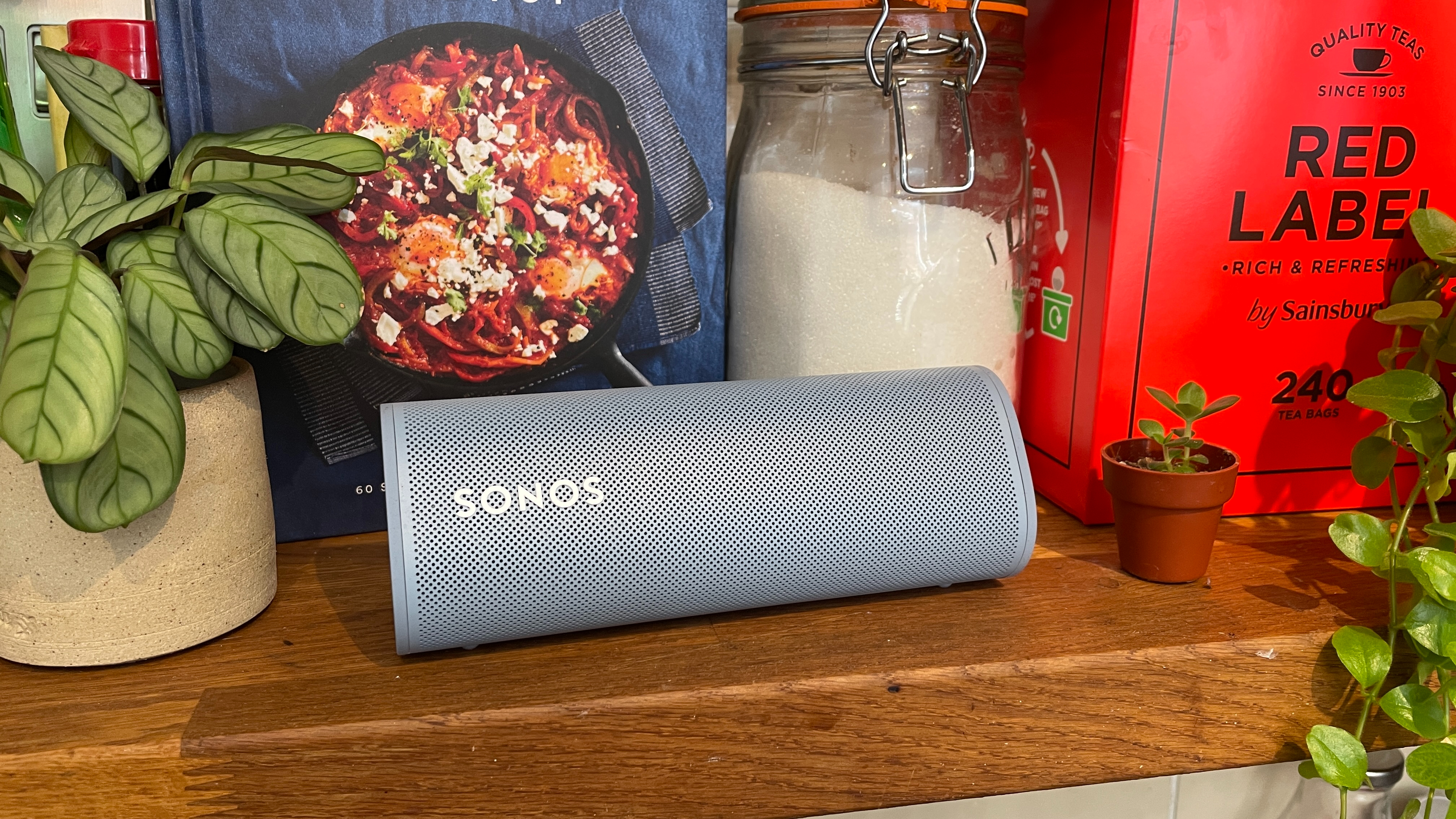
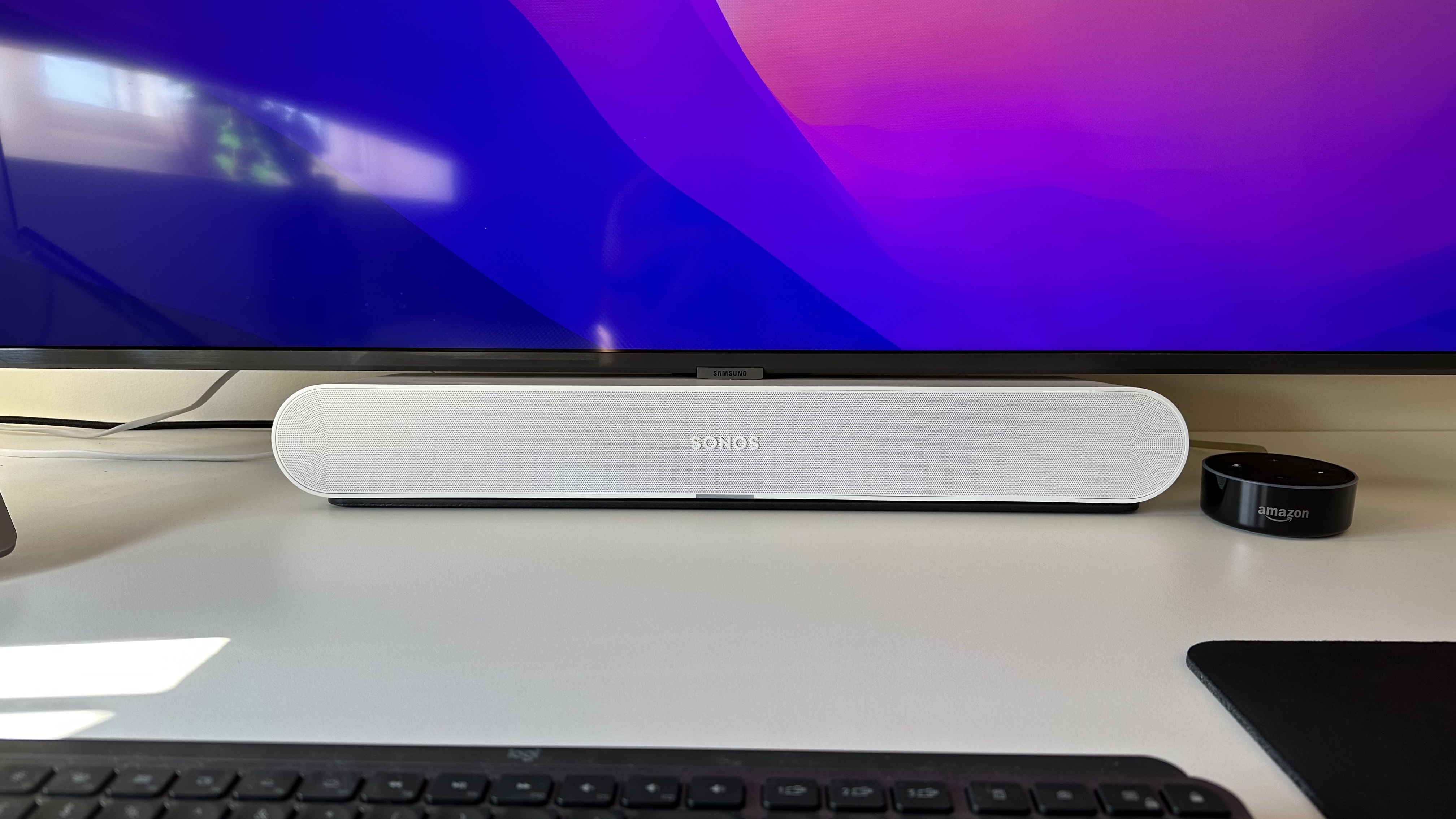
Specifications
Reasons to buy
Reasons to avoid
It’s facing more competition than ever, but few multi-room offerings are as complete or as pleasurable to live with as Sonos.
Sonos as a system has two big advantages: breadth of choice and simplicity of use.
In the time its rivals have been playing catch-up, Sonos has launched a whole family of products – including most recently the Roam 2 portable model and Arc Ultra soundbar – got onside with a long list of streaming services (including Apple Music Spatial Audio), and added lossless audio support, not to mention nailing the usability aspect of multi-room.
But it's not all been plain sailing. Its first wireless headphones only scored three stars, which was a massive disappointment after years of waiting. And its CEO recently resigned following the disastrous app relaunch that broke some features and outright removed others.
Sonos was also dethroned in the wireless speaker category of the most recent What Hi-Fi? Awards, though the Arc did triumph in the soundbar category.
Still, Sonos remains one of the best multi-room options, combining a broad range of accomplished products with the most substantial selection of streaming services and the most pleasant and complete user experience around.
For those dipping a toe into wireless waters, we would always recommend giving Sonos a look.
Read the full Sonos multi-room system review
Best for value
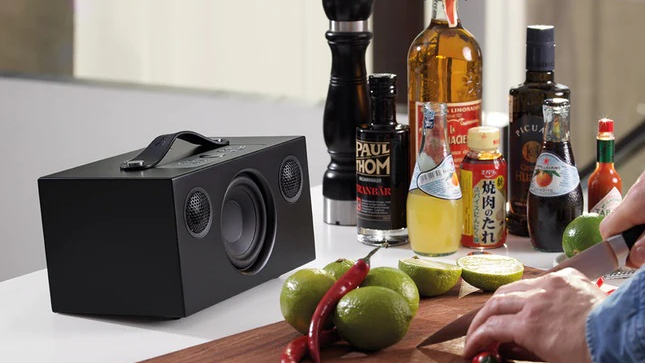
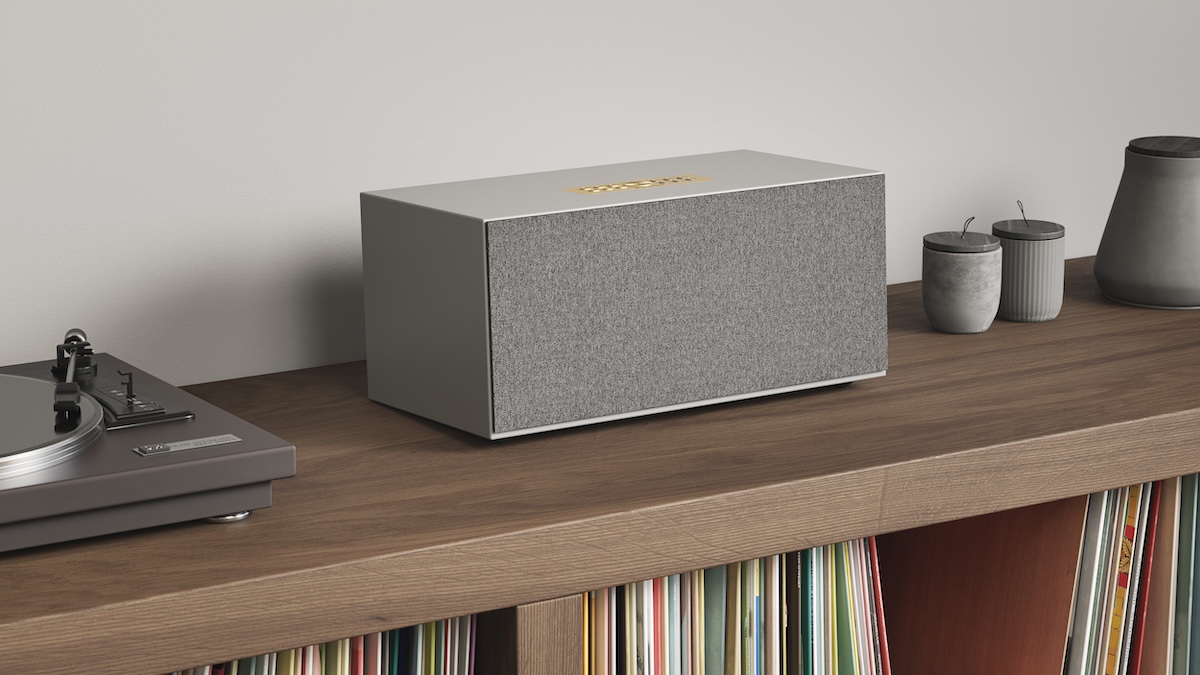
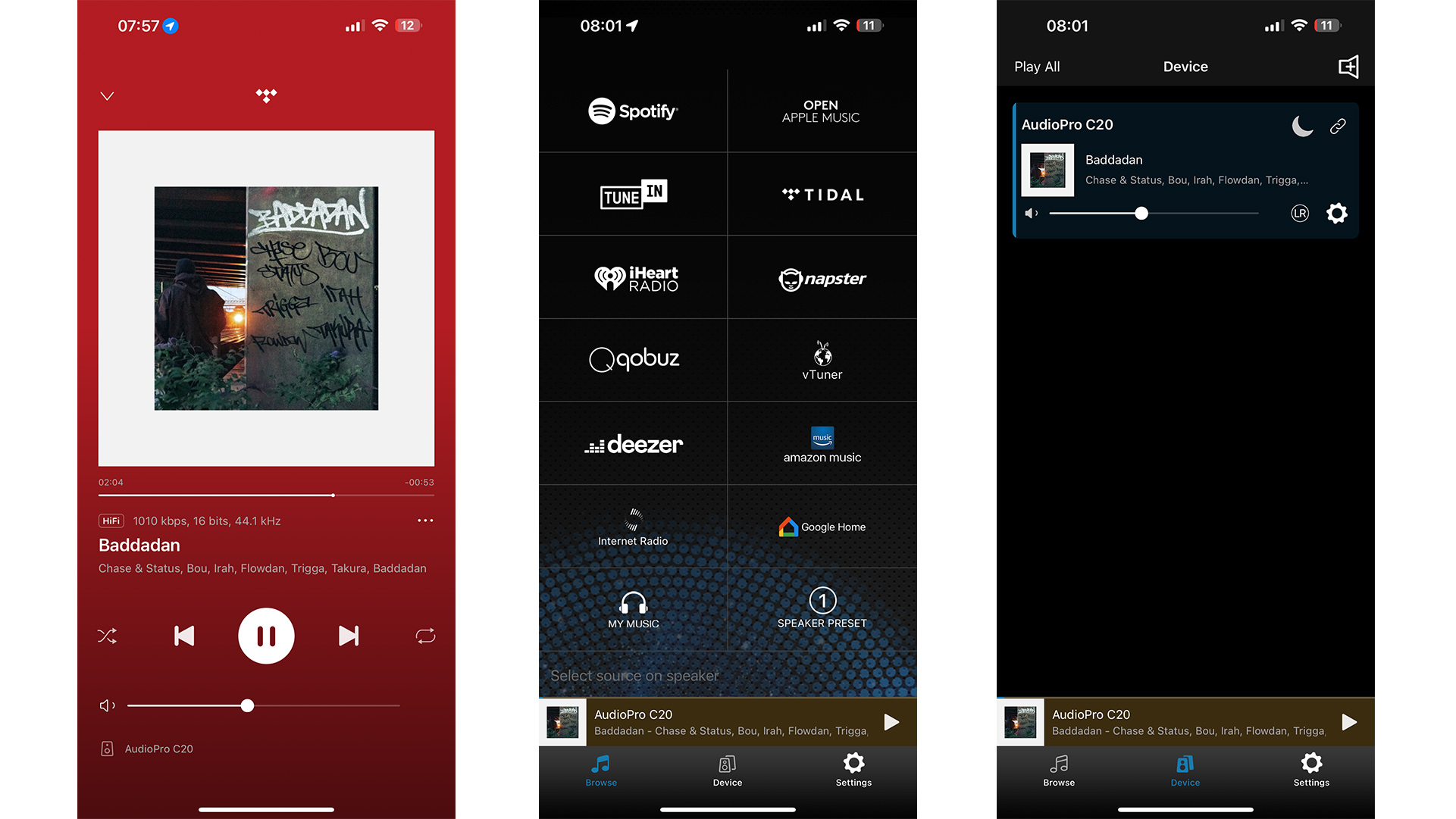
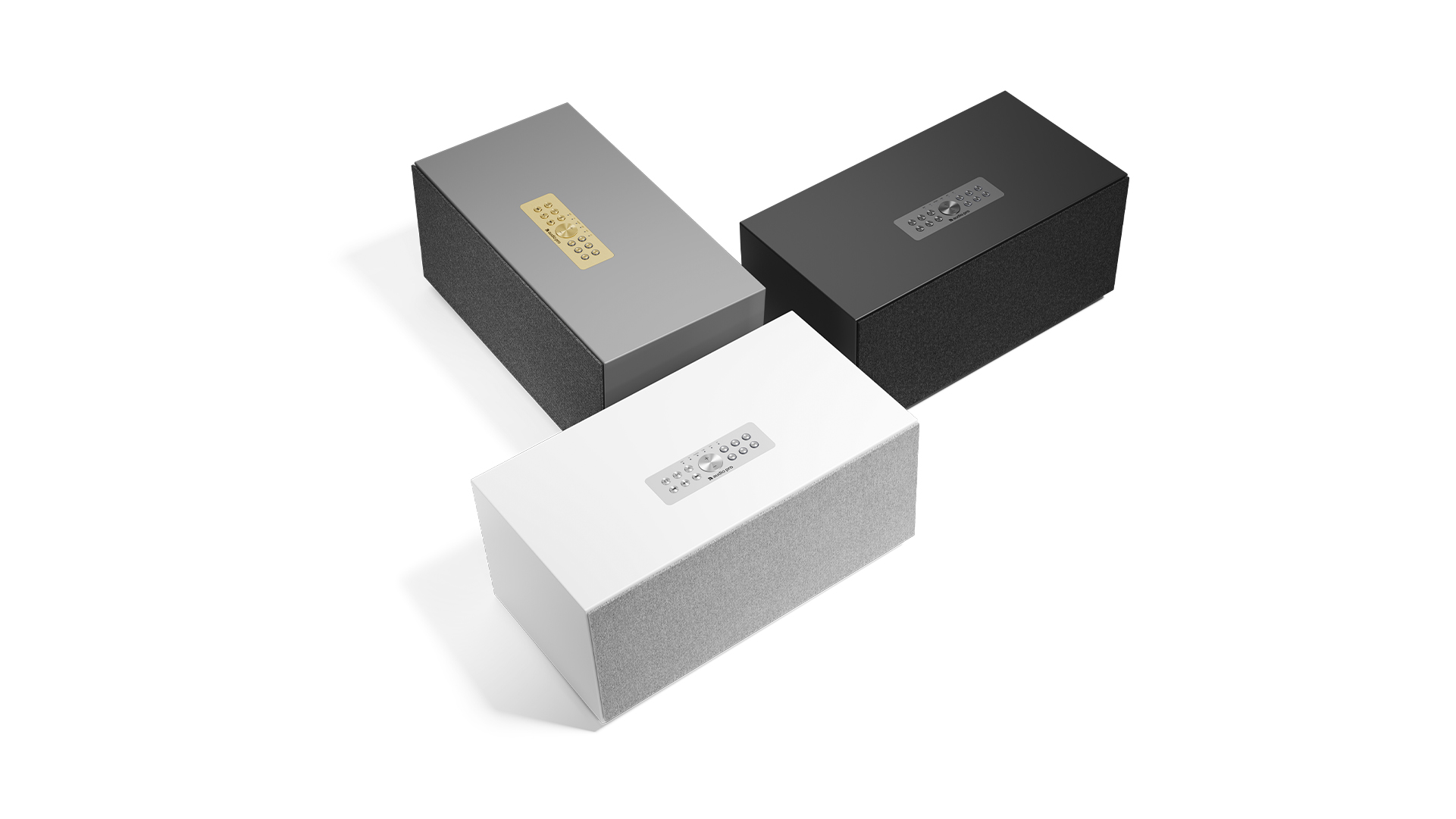
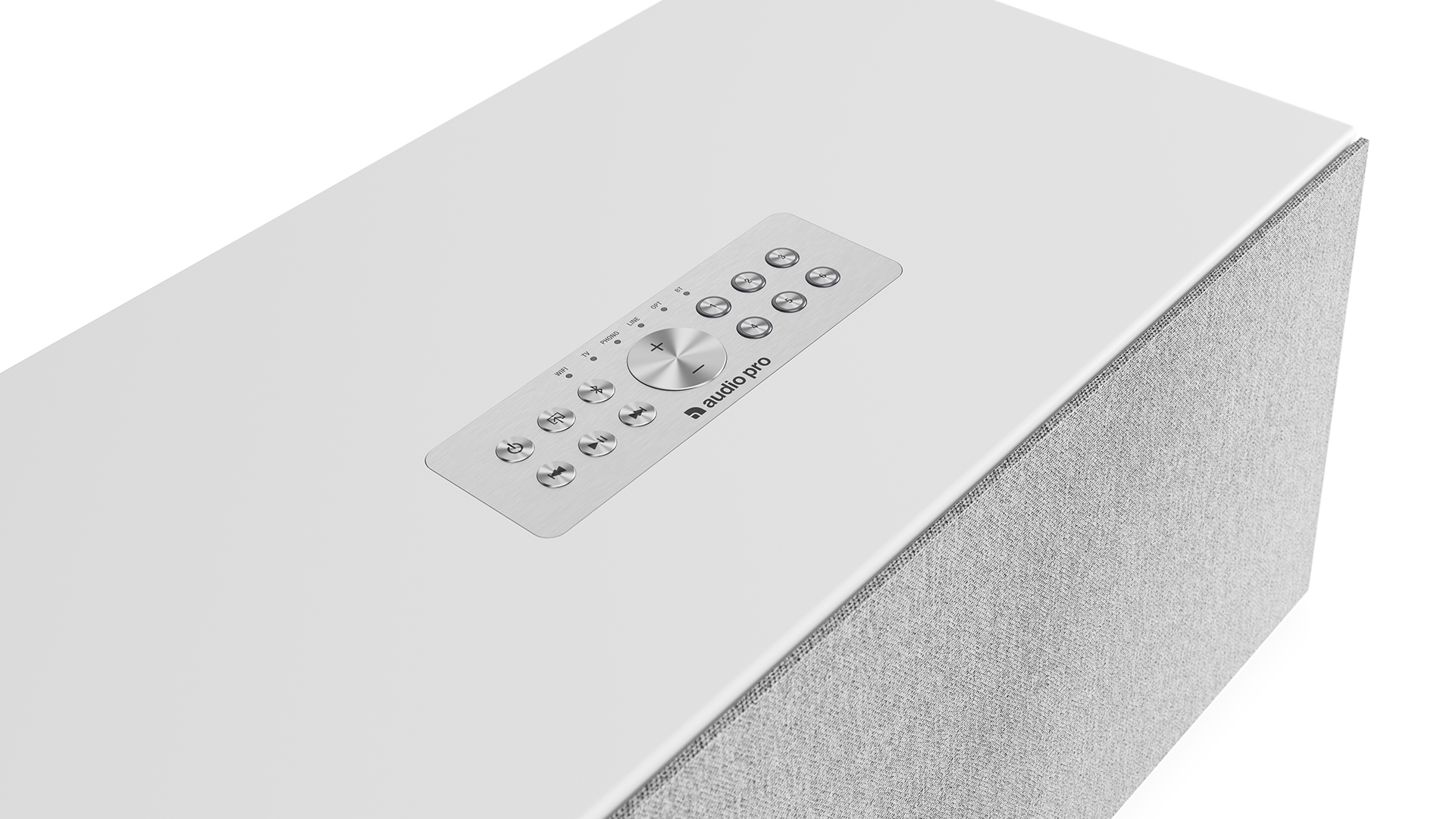
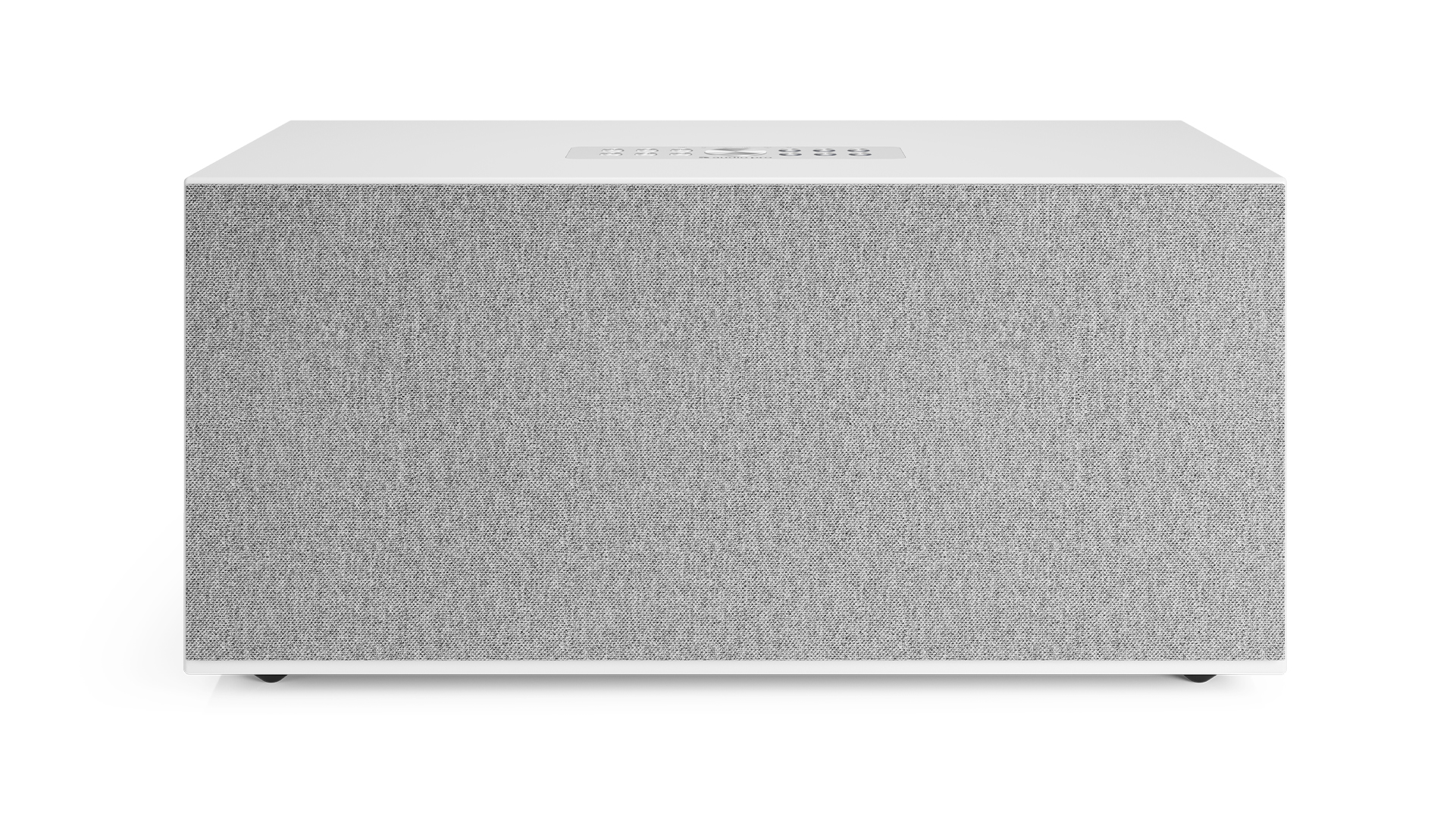
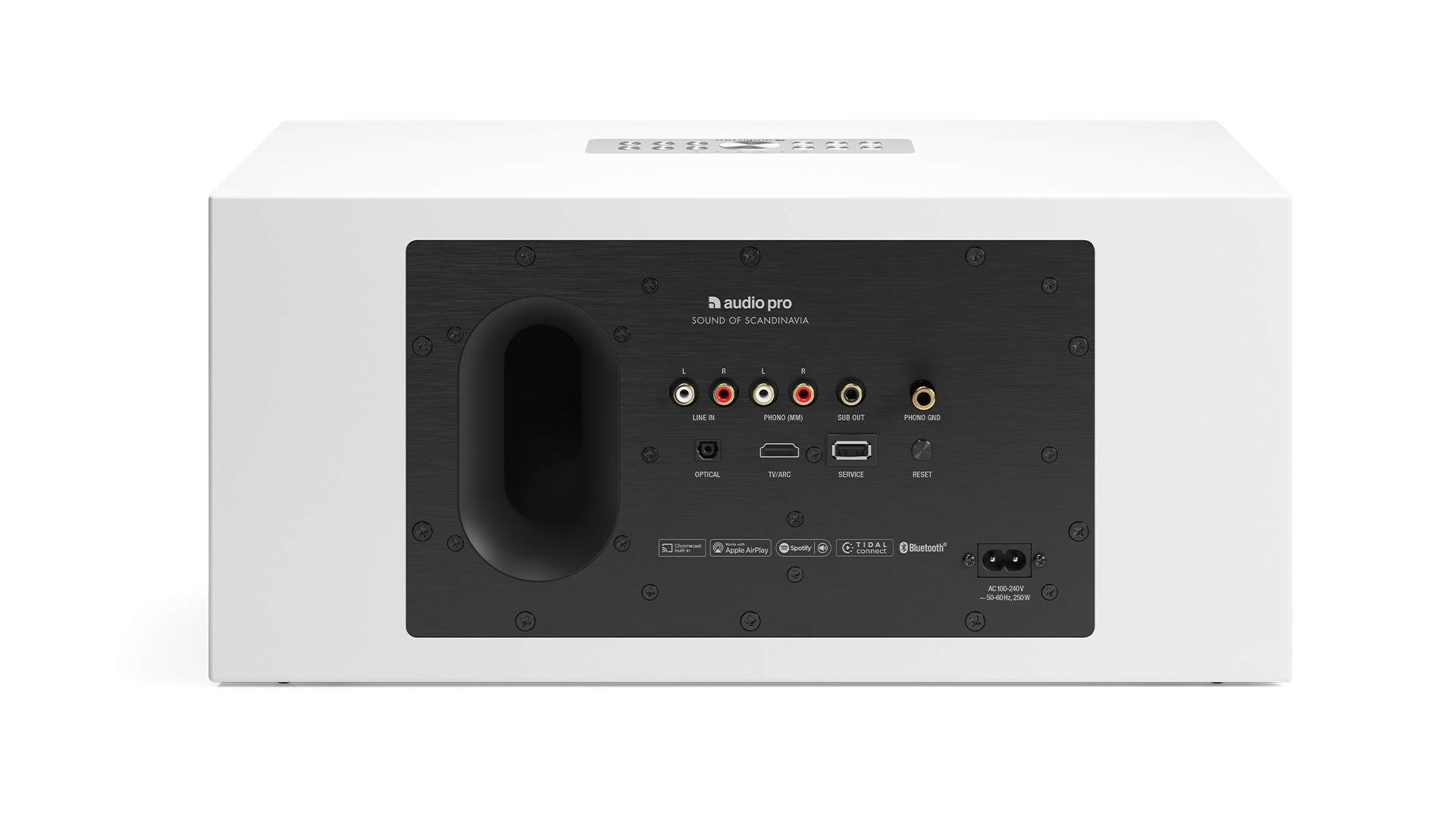
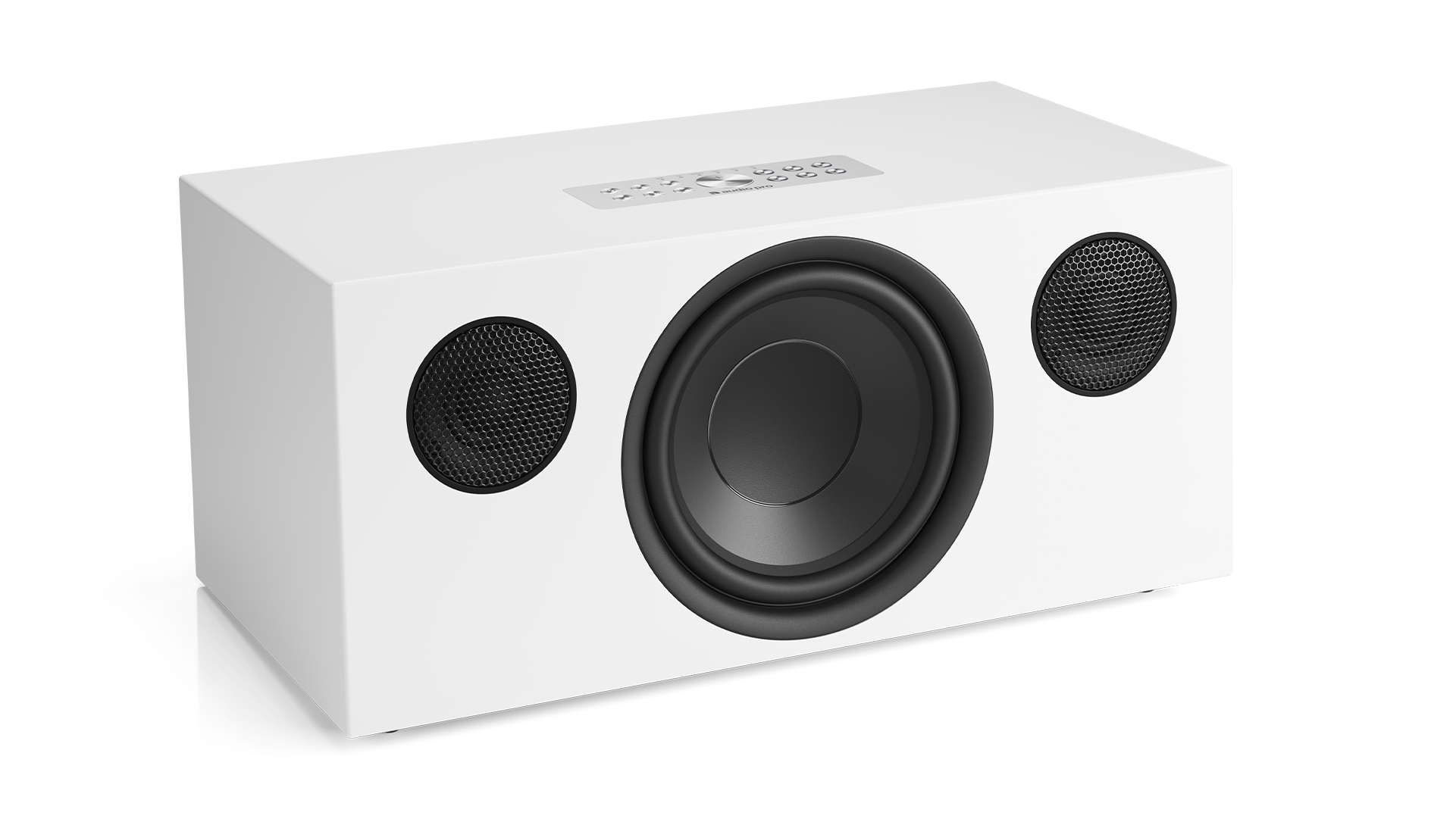
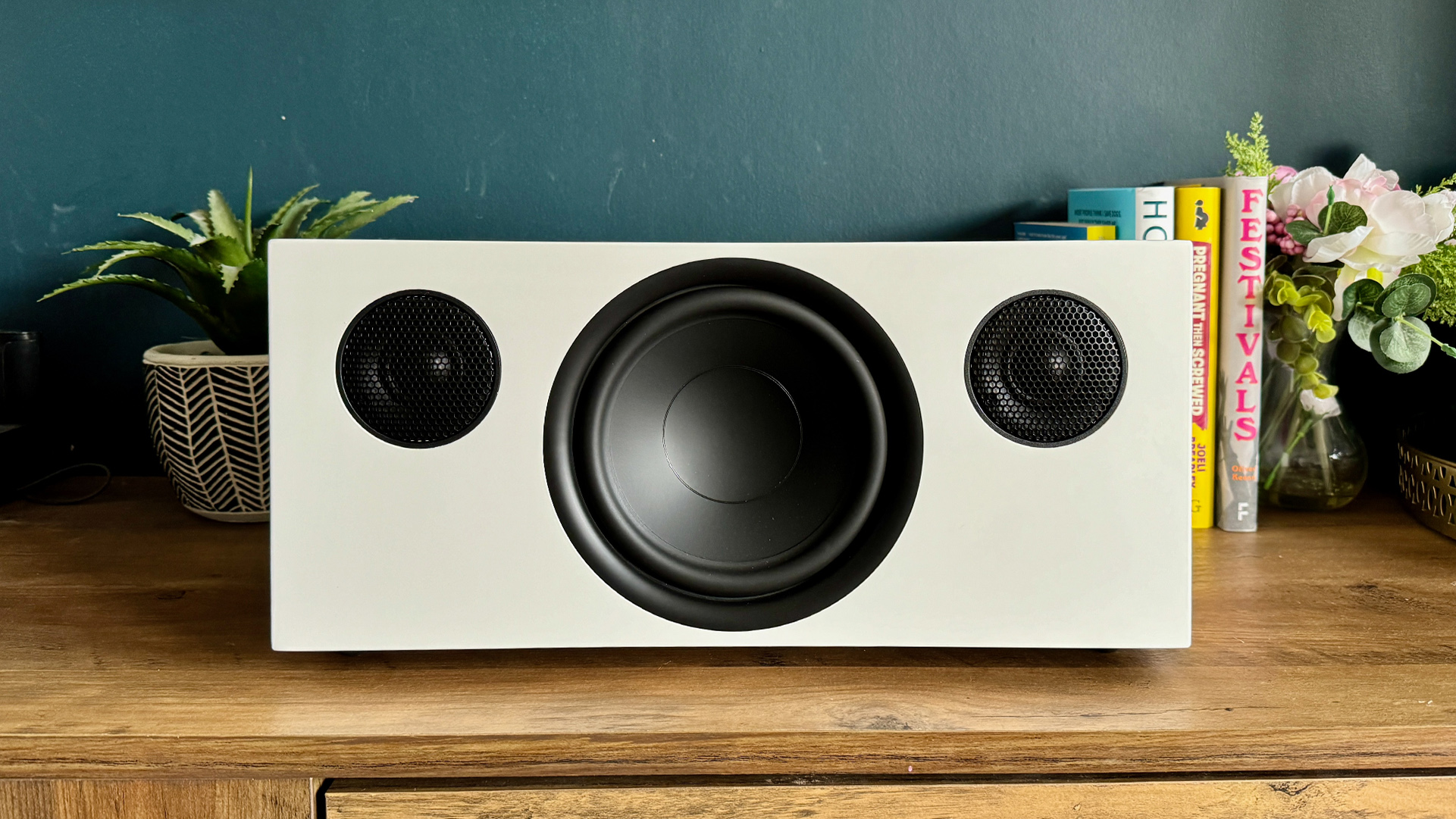
Specifications
Reasons to buy
Reasons to avoid
The Audio Pro range might be a bit limited compared to some multi-room rivals (there's no soundbar, for example), and the app is a little lacking, but for sound quality at the price, it's the best around.
And the company continues to grow the family: recent additions include the Addon C10 Mk11 and Award-winning C20.
The affordable, puck-like Link 1 hub turns your hi-fi and other Addon speakers into a simple multi-room system, while the larger Audio Pro offerings tend to deliver great sound and are easy to use. Their musicality is unmatched by anything at this price level.
In fact, the Drumfire outperformed the first-gen Naim Mu-so, despite only costing half as much.
Audio Pro's speakers might divide opinion aesthetically (Sonos' are more crowd-pleasers in terms of looks), but there's no denying their sound and build quality. Consider that filling your house with them is a lot more affordable than rival systems, and you'll soon get over any reservations you might have about their looks.
Read the full Audio Pro multi-room system review
Best for iOS
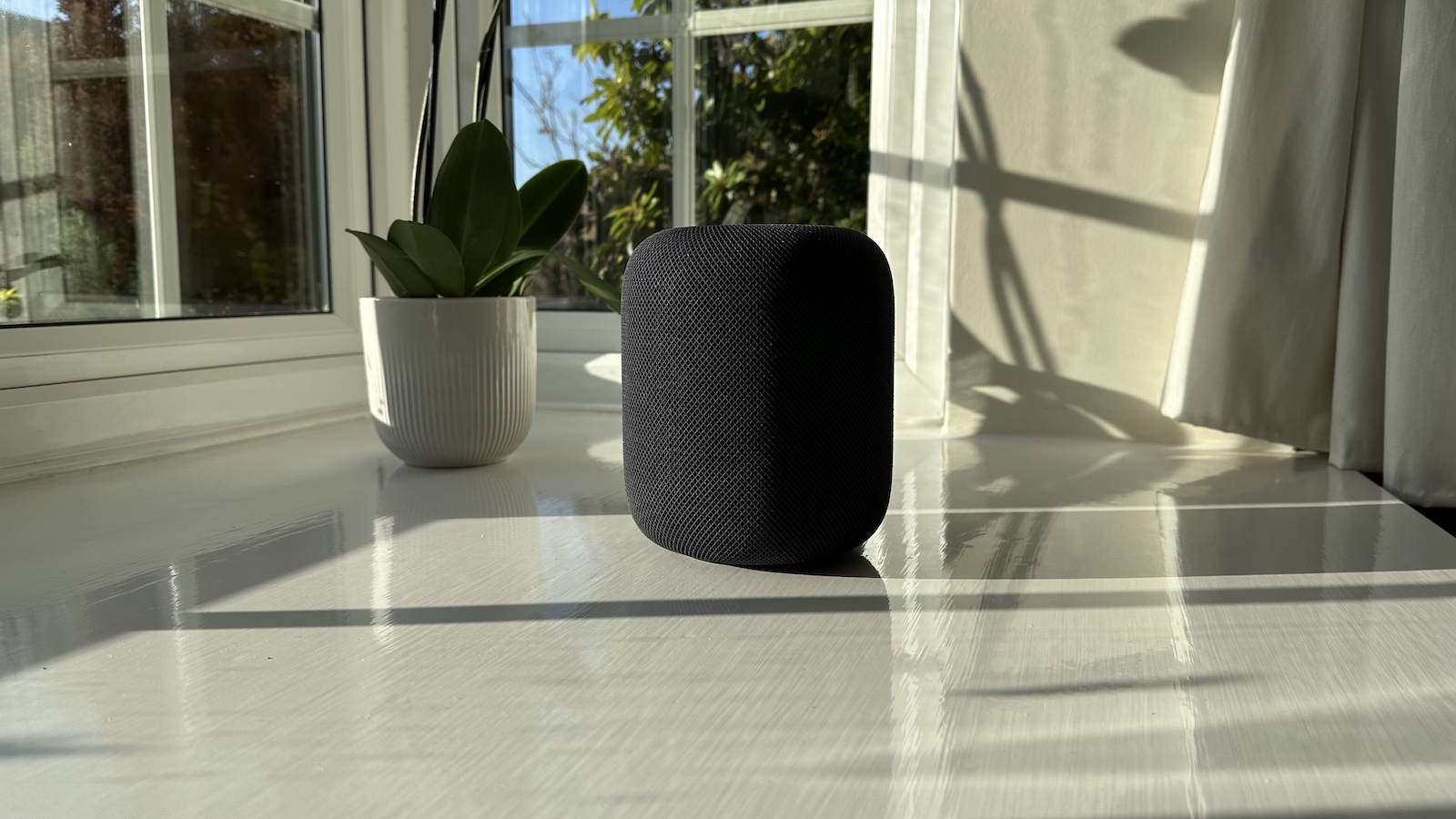

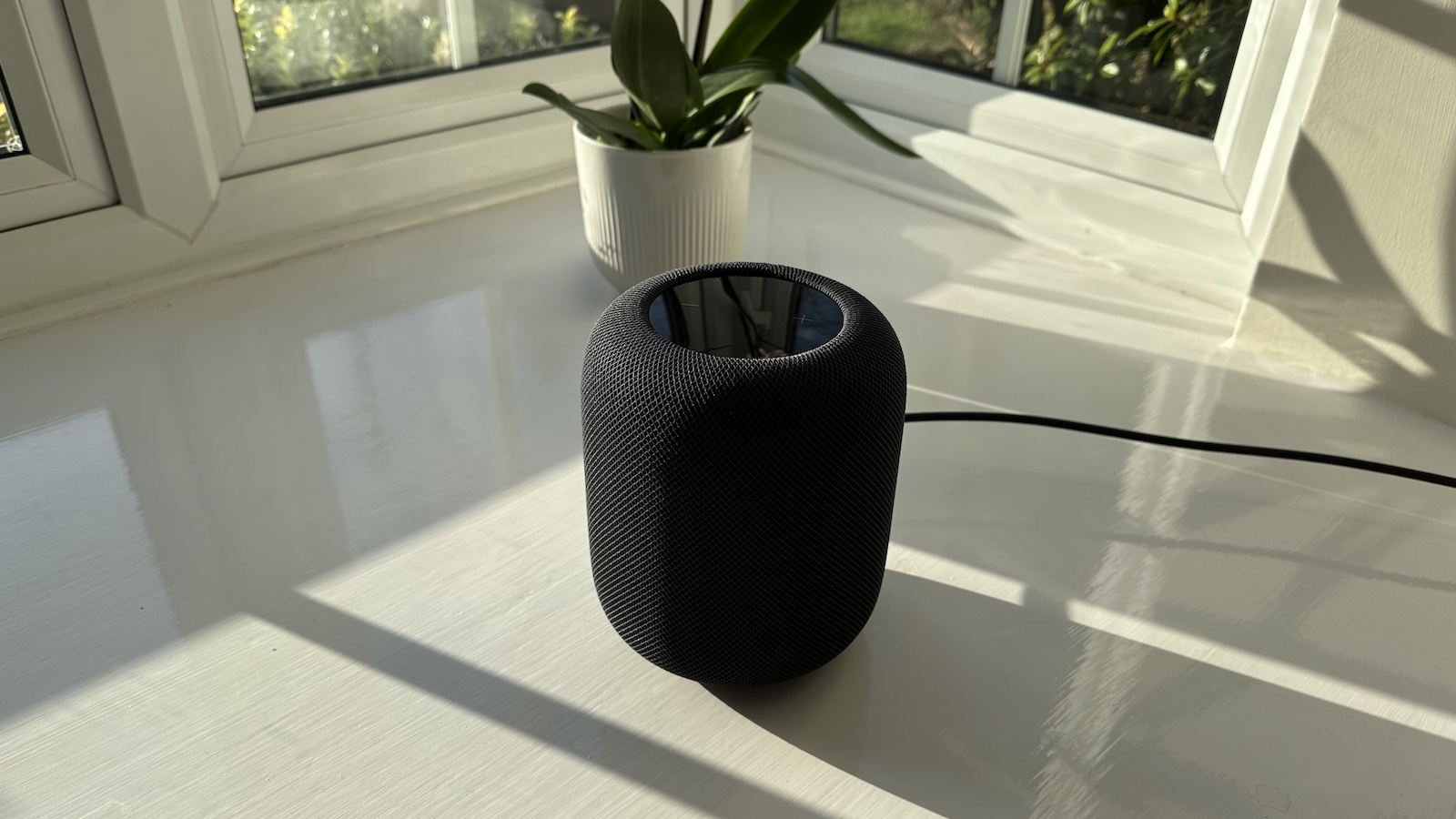
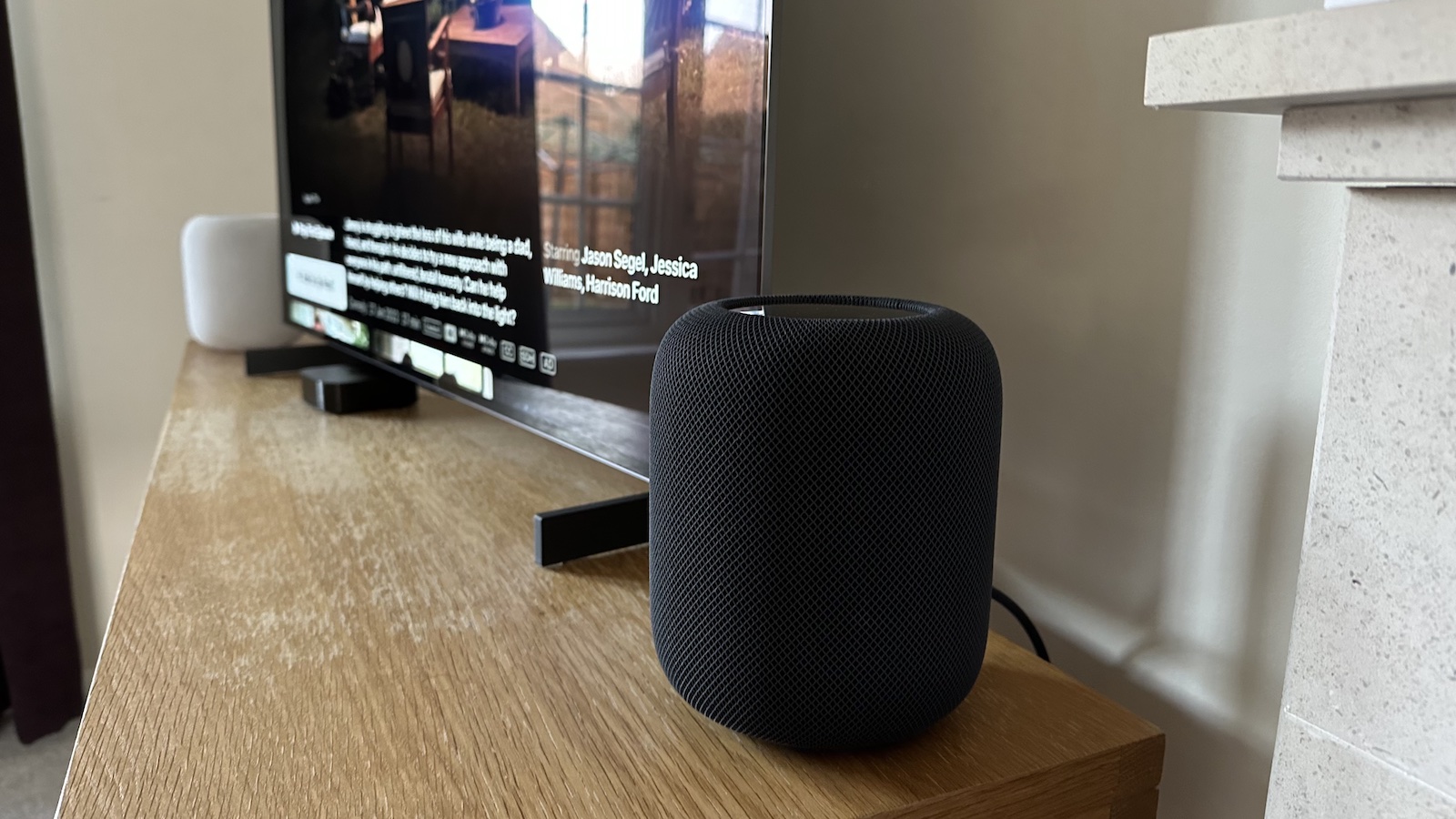
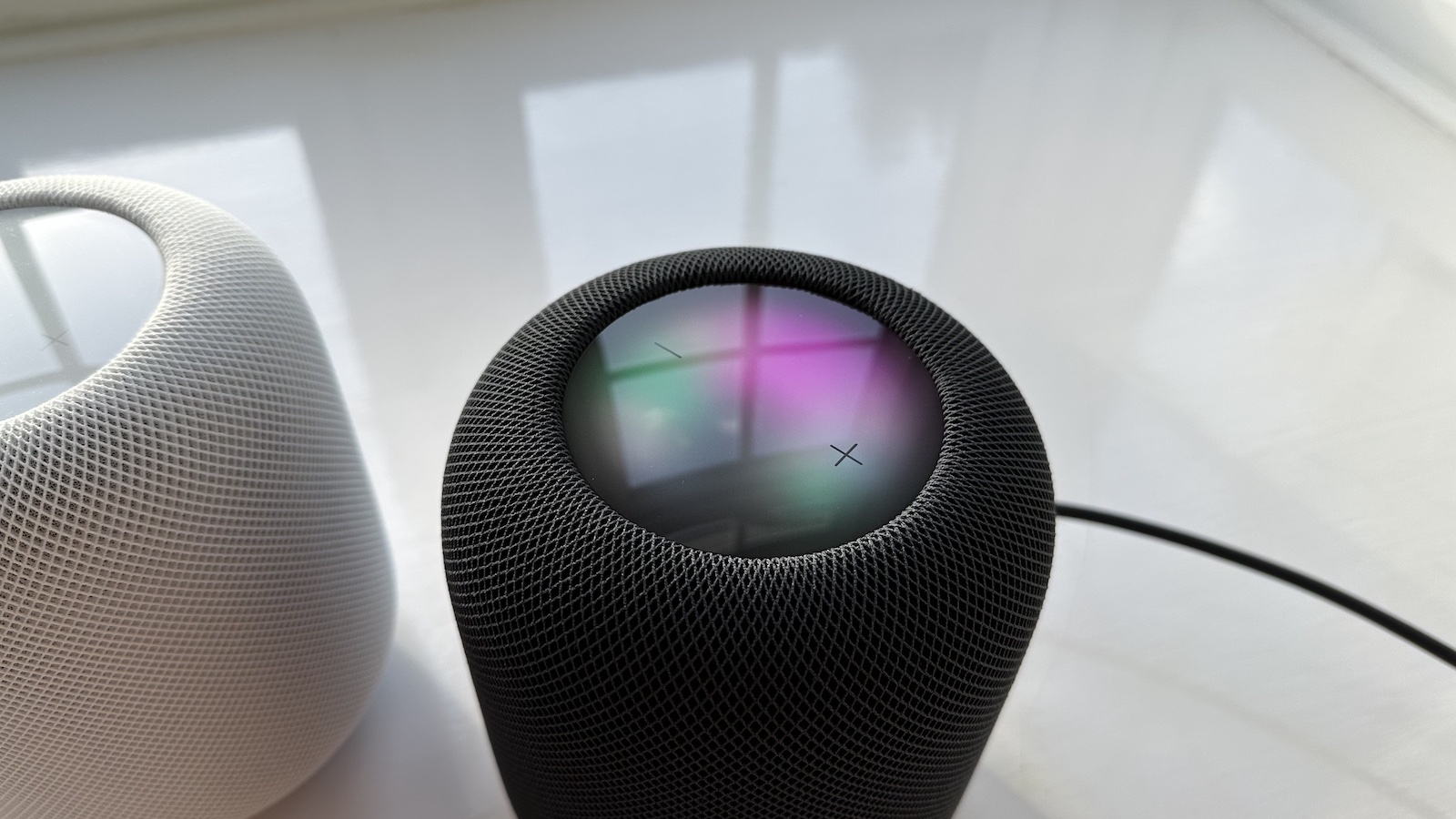

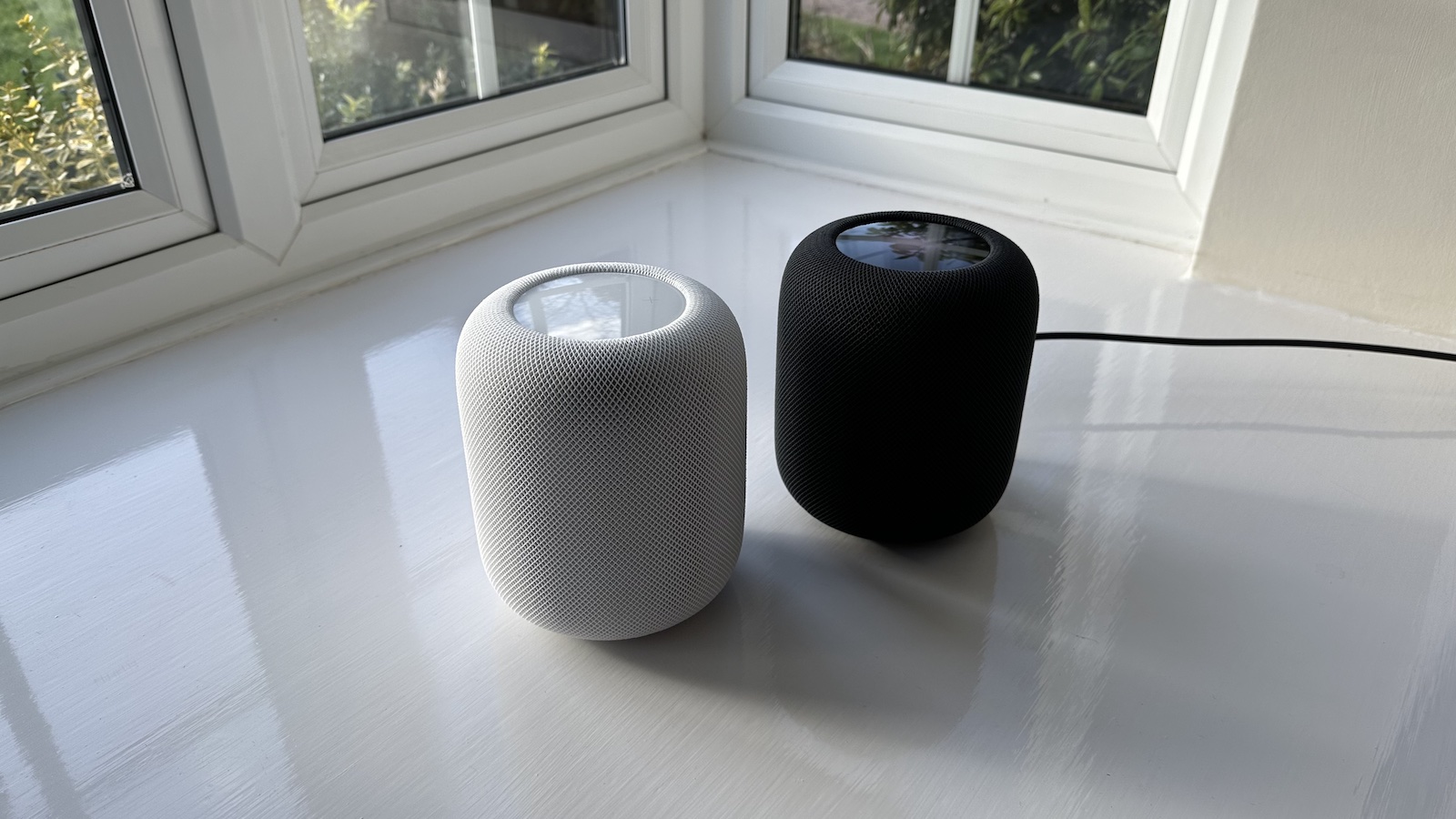
Specifications
Reasons to buy
Reasons to avoid
The HomePod 2 is the pricier option in Apple’s current lineup, sitting well above the HomePod Mini. You can link multiple HomePods (both full-size and Minis) to create a multi-room system, and they work as home cinema speakers when connected to the Apple TV 4K.
The HomePod 2 is a leap sonically from the original 2018 HomePod.
Our tests revealed it to be one of the best sounding smart speakers you’ll find, blowing its closest rival, the Amazon Echo Studio, out of the water and offering a much more precise low end than the first generation HomePod.
The audio is precise and doesn't succumb to sibilance like a lot of speakers at this price. It has bags of energy too, playing tunes with infectious enthusiasm. And the bass is very good indeed – as we noted in our review, it "demonstrates the sort of low-frequency flexibility that the average wireless speaker can only dream of."
Classically Apple, it's a cinch to set up.
When it's paired with an iPhone all you have to do is scan for the speaker and run through a few on-screen commands to get it fully integrated with your smart home setup. It even adjusts its sound in real time to adapt to its surroundings.
But its biggest strength is also its greatest weakness: it's an Apple product, for Apple people. If you're not in Apple's ecosystem, you won't get anywhere near the best out of the HomePod 2.
Its primary connection is locked to Apple’s AirPlay 2 tech, Apple Music is the only music streaming service natively supported and Siri is your only option for voice commands.
This will limit its appeal to those who aren’t Apple diehards. They might prefer more platform-agnostic options like Sonos, or another alternative from this list.
A HomePod with a screen is rumoured to launch this year, which would bolster Apple's multi-room efforts considerably. Stay tuned for updates.
Read the full Apple HomePod 2 review
Also consider
The best multi-room system alternatives we've tested:
Bluesound Generation 2i: It's been a long time since we tested this system and there are new models released, so while it earned five stars at the time (and a series of Awards), we're hesitant to include it in the main list until we review the system again fully. It includes some excellent components and the BluOS streaming system is versatile and sturdy, but the quality varies across the range of products – read our full review for more info.
Amazon Echo/Echo Dot: If you have multiple Amazon Echo speakers – or have products with the Works With Amazon logo – you can combine them together for a multi-room system. Amazon's Echo/Echo Dot smart speakers alone are a cheap and easy way to achieve the multi-room effect.
How to choose the best multi-room system for you
You don't have to buy a complete multi-room system all at once, you can start with one or two speakers and add to it bit by bit, or room by room. That way you can dip your toe into the multi-room waters to find out if you like your chosen system. And it helps spread the cost out over months or even years.
Most systems are now compatible with voice assistants such as Siri, Google Assistant and Amazon's Alexa, or you can control them via a mobile app. You can opt to listen to the same song in every room, or a different tune in each, ensuring a harmonious home in more ways than one.
There's a vast choice of multi-room speakers and systems on the market, but which is best? Sonos is the most recognisable brand, and with good reason: it's intuitive and sounds fantastic. But there are plenty of rivals, too, all serving tempting features such as support for hi-res audio files or your favourite streaming service, Bluetooth connectivity and more. Which is best for you will depend on your needs and budget.
How we test multi-room systems
At What Hi-Fi? we comprehensively test and review every product we recommend, from soundbars to speakers, headphones and TVs. And it's no different for multi-room systems.
We pit each against its closest rivals for features and price. Almost all the testing is carried out by our team of expert reviewers at our dedicated test rooms, but for multi-room we'll take the systems home and live with them in our own homes as if we had bought them (sadly, we do have to give them back at the end of the process).
That's the best way to see how they fare in day-to-day use.
Multi-room speaker systems are tested for sound quality, features, ease of set-up and use, and overall performance. And we test multiple products in each family, usually at least two wireless speakers and a soundbar but this will vary depending on each system's product line-up.
There's no input from PR or sales people, and all review verdicts are agreed on as a team instead of one person making or breaking a product. Not only does that eliminate bias, it also pools our shared knowledge while also making sure we haven't missed anything.
We've been reviewing audio products for nearly 50 years now (with over 100 years of combined experience), and we're proud of our reputation as the home of honest, unbiased reviews.
To really dig into what our reviews process entails, see our how we test page.
MORE:
Check out the best multi-room speakers
Hi-res and lossless music services compared
Our pick of the best cheap speaker deals
F.A.Q.
Is multi-room audio worth it?
Yes. It allows you to listen to music throughout your home, so either the same track can follow you from room to room, or you can play a different one in each room to set different moods.
How much does a whole house sound system cost?
It depends on which brand you go for, how many speakers you want in each room and how many rooms you have. Multi-room speakers start from about £100 / $100 / AU$200, and can cost into four figures.
Which sound system is best?
Sonos has remained one of the most popular in the 20-odd years since it launched, and with good cause: it's simple to use, the app is a breeze and the speakers sound very good.
Its range now includes soundbars, subwoofers, spatial audio speakers, portable models with Bluetooth and more. But other systems trump it for sound quality and price. And its recent woes around the app relaunch may have turned some customers off.
Recent updates
- 10th April 2025: Replaced Denon HEOS entry with Apple HomePod 2, as the Denon products are being phased out.
- 20th January 2025: Rewrote intro. Removed duplicate headings from body copy of each entry in 'The Quick List'. Added in recent news about leadership changes at Sonos.
- 30th July 2024: Rewrote intro. Removed Jump Menu and 'Test results' tables. Bolded advisory text in 'How to choose' section.
- 14th May 2024: Converted to new Best Buy format. Removed Bluesound Generation 2i from main list. Added 'Also consider', 'F.A.Q.' and 'Recent updates' sections.
- 9th June 2023: Added new images. Mentioned newer Bluesound products within the Bluesound Generation 2i entry.
- 3rd April 2023: Added mention of Sonos Era 300 and Era 100 speakers.
Today's best multi-room system deals
Get the What Hi-Fi? Newsletter
The latest hi-fi, home cinema and tech news, reviews, buying advice and deals, direct to your inbox.
Joe has been writing about tech for 20 years, first on staff at T3 magazine, then in a freelance capacity for Stuff, The Sunday Times Travel Magazine (now defunct), Men's Health, GQ, The Mirror, Trusted Reviews, TechRadar and many more. His specialities include all things mobile, headphones and speakers that he can't justifying spending money on.
- Joe CoxContent Director

